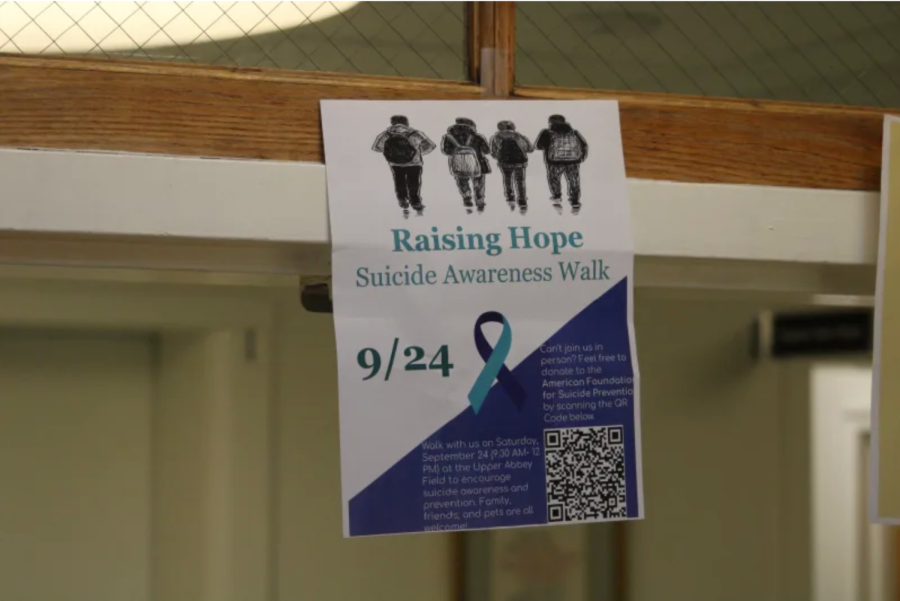Whether it’s the SAT’s new digital format that provides a unique and dynamic testing experience or the ACT’s four paper sections that force the test taker to move quickly and efficiently, the world of standardized testing has been the subject of much recent controversy. Interest in standardized testing is on the rise as more schools end their covid-based “optional test score” and return to the requirement of standardized test scores.
Though it is not commonly known, the SAT and the ACT are, in fact, competitors striving to outdo each other with different testing styles and a more rewarding testing experience. Each has strengths and weaknesses, but both serve as only a part of a student’s application seeking higher education.
Pros:
Though the SAT and ACT differ in length, style, and composition, a high score on either can help tremendously with college acceptance and scholarships. Particularly, the PSAT can reward high achievers with National Merit consideration, which can benefit families struggling financially and be another motivator to improve testing scores.
Secondly, standardized testing can provide the student with data for improvement. The SAT and ACT are both designed to reward strengths and exploit weaknesses in each section, which, if nothing else, helps students understand themselves as students and the limits of their academic skills.
Finally, the objective nature of standardized testing makes it easy to compare a certain student’s test-taking ability with another. Though everything can be controversial, it is tough for bias to affect quantitative results, which is why the SAT and ACT market their tests toward the general high school community.
Cons:
Though the SAT is more math-heavy while the ACT focuses on English, Reading, Math, and Science, both lack creativity and IQ tests that the OLSAT and other exams feature. This reality has made the SAT and ACT the subject of criticism because students with access to tutoring are often able to raise their scores quickly, while those who do not have test-prep opportunities frequently struggle. An ideal test that combines aptitude examination and objectivity would be unaffected by costly tutoring sessions and practice tests.
Secondly, standardized testing is a limited portion of an entire student’s application. Thus, students are often required to submit essays, transcripts, and letters of recommendation to ensure that their application reflects them as complete people rather than a numerical value. However, going “test-optional” ruins this concept. Though some schools introduced it earlier, most colleges began offering optional testing during the COVID year application cycle due to the increased number of closed or inaccessible testing centers. While a good solution in the short term, some prestigious schools like Yale, Harvard, and Dartmouth have returned abruptly to test-required because of the controversy test-optional creates. For example, it has become almost strategic to hide a low test score but boast a high GPA, as doing so makes it difficult for the college to reject the applicant.
Colleges began realizing that test-optional prior use as a safety net quickly became an advantage to some and a disadvantage to others. On February 21st of this year, Fairtest released a study that claimed more than 80% of U.S. four-year colleges and universities will be test-optional for the 2025 application cycle. This information better explains the precarious situation, as leaving off test scores may help or hurt the applicant, depending on their situation. To make matters worse, many schools have inflated average scores that do not reflect the accepted student body. This is due to a high percentage of students applying test-optional, which only confuses the applicant. Overall, this once seemingly uniform and objective aspect of the college application has quickly become controversial and more strategic than an application process is generally envisioned.
Whatever the test, whomever the applicant, and whichever the university, the application process continues to grow more challenging and complex, serving as a burden to students and families who do not have the time nor money to navigate this difficult and stressful process. Years ago, every student could be identified through a numerical value between 400-1600 and 1-36. Now, many student applications feature “N/A.”
Is it better to judge a person mostly on one objective score or to give them the option to hide their testing ability? The answer is the same as many questions in the college application realm: it’s complicated and ambiguous.






























